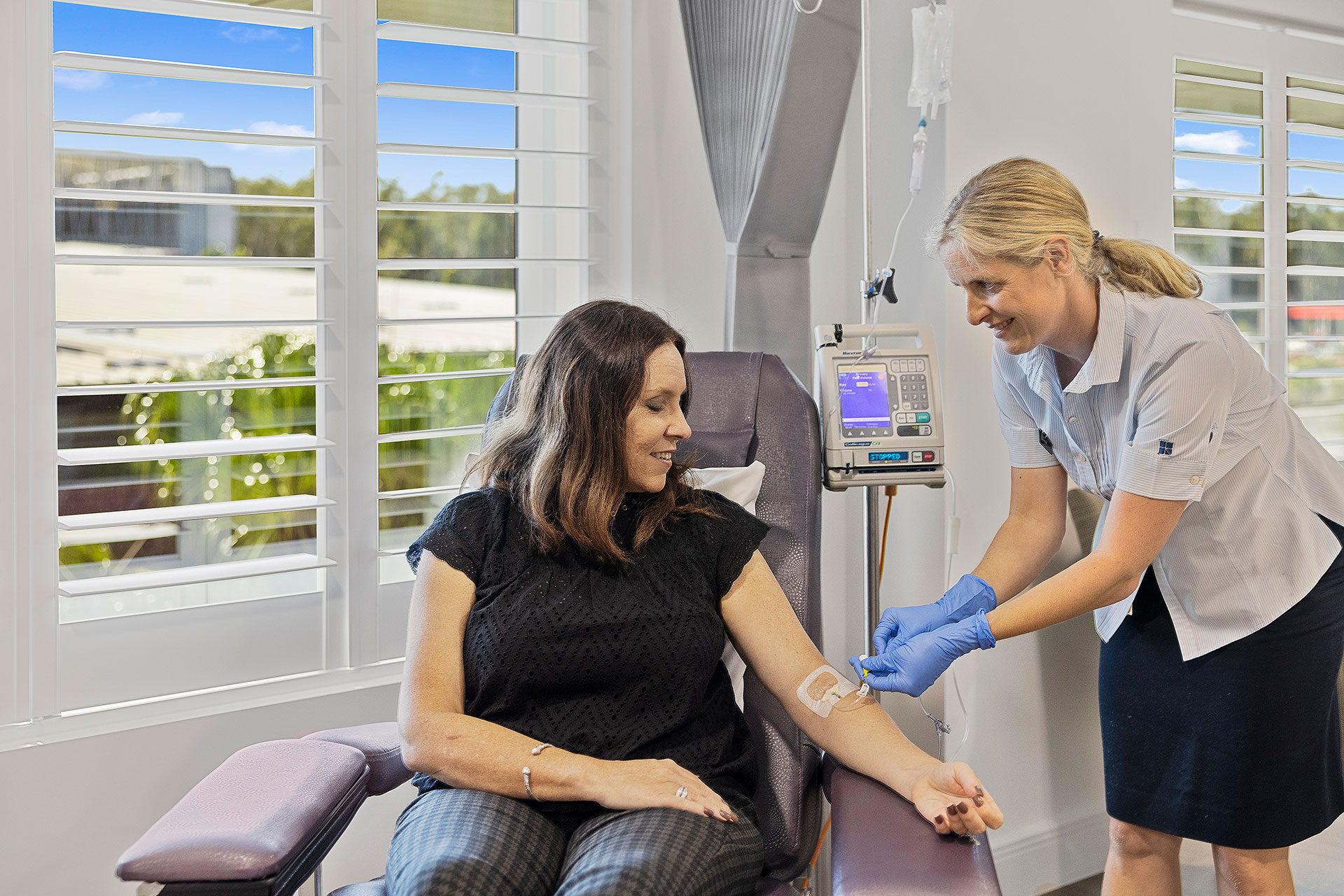The specific tests and scans that you undergo will depend on the type of cancer that you have. Common tests and scans can include:
Blood tests – to monitor for signs and markers of cancer, treatment response and infection in your blood.
Endoscopy/colonoscopy – an examination of the gastrointestinal tract using a small camera and light on the end of a flexible tube, to look for changes inside your digestive system.
Biopsy – a tissue sample that is taken from a suspicious area for testing to confirm a cancer diagnosis.
Ultrasound – an ultrasound is a scan that uses soundwaves and echo to create an image of the inside of your body. Ultrasounds can be used to identify something solid inside your body, such as a tumour or an organ.
CT scan – a CT (computed tomography) scan uses x-rays to capture a detailed image of the inside of your body. Often, a liquid dye (called a contrast) will be injected into one of your veins before a CT scan to make it easier to spot anything unusual.
MRI scan – an MRI (magnetic resonance imaging) scan uses magnetic and radio waves to capture a detailed image of the inside of your body. Like a CT scan, a liquid dye (called a contrast) may be injected into one of your veins before an MRI scan to make it easier to spot anything unusual.
PET scan – a (positron emission tomography) scan is a specialised imaging technique that shows how the cells inside your body are functioning. Before a PET scan, you will be injected with a glucose solution containing a small amount of radioactive material. Cells in your body that are more active – such as cancer cells - will take up more of the glucose solution and will appear brighter on the scan.
